Nicaragua, often referred to as the “Land of Lakes and Volcanoes,” is a diverse and captivating country in Central America. With its stunning landscapes, rich cultural heritage, and welcoming people, Nicaragua offers a wealth of experiences for travelers seeking adventure, relaxation, and cultural immersion. From its colonial cities to its pristine beaches and towering volcanoes, Nicaragua is a destination that promises unforgettable memories.
Table of Contents
Geography
Nicaragua is the largest country in Central America, spanning approximately 130,373 square kilometers. The country is bordered by Honduras to the north, Costa Rica to the south, the Caribbean Sea to the east, and the Pacific Ocean to the west. Its diverse geography includes vast lakes, lush rainforests, and a string of active and dormant volcanoes that are among the most prominent features of the landscape.
The two largest lakes in Nicaragua are Lake Managua and Lake Nicaragua, with the latter being the largest freshwater lake in Central America. The Pacific coastal region is home to several of Nicaragua’s most famous volcanoes, including the iconic Masaya Volcano and the impressive Mombacho Volcano. Meanwhile, the Caribbean coast is known for its pristine beaches and the unique culture of the indigenous and Afro-Caribbean communities.
States of Nicaragua
Nicaragua is divided into 15 departments and 2 autonomous regions, rather than states.
| # | Department | Capital |
|---|---|---|
| 1 | Managua | Managua |
| 2 | León | León |
| 3 | Chinandega | Chinandega |
| 4 | Granada | Granada |
| 5 | Masaya | Masaya |
| 6 | Carazo | Jinotepe |
| 7 | Rivas | Rivas |
| 8 | Estelí | Estelí |
| 9 | Matagalpa | Matagalpa |
| 10 | Jinotega | Jinotega |
| 11 | Nueva Segovia | Ocotal |
| 12 | Boaco | Boaco |
| 13 | Río San Juan | San Carlos |
| 14 | Córdoba | Córdoba |
| 15 | Zelaya | Bluefields |
| # | Autonomous Region | Capital |
|---|---|---|
| 16 | North Caribbean Coast | Puerto Cabezas |
| 17 | South Caribbean Coast | Bluefields |
History
Nicaragua’s history is as diverse as its landscapes, with a rich tapestry of indigenous cultures, colonial influences, and revolutionary struggles. The country was originally inhabited by various indigenous groups, including the Nicarao, Chorotega, and Miskito peoples, each with their own distinct languages and cultures. The arrival of the Spanish in the early 16th century marked the beginning of Nicaragua’s colonial era, which would last for nearly 300 years.
Spanish colonization led to the establishment of cities such as Granada and León, which became important centers of trade and culture. However, the indigenous populations suffered greatly under Spanish rule, facing displacement, forced labor, and the spread of European diseases. Nicaragua gained independence from Spain in 1821, becoming part of the short-lived United Provinces of Central America before establishing itself as an independent republic in 1838.
The 20th century saw Nicaragua embroiled in political turmoil, including the rise of the Somoza dictatorship and the subsequent Sandinista revolution, which sought to overthrow the regime and bring about social and economic reforms. The country experienced a brutal civil war during the 1980s, but peace was eventually restored with the signing of the Esquipulas Peace Agreement in 1987. Today, Nicaragua is a nation striving to move forward while grappling with the legacies of its turbulent past.
Top 10 Must-Visit Destinations
1. Granada
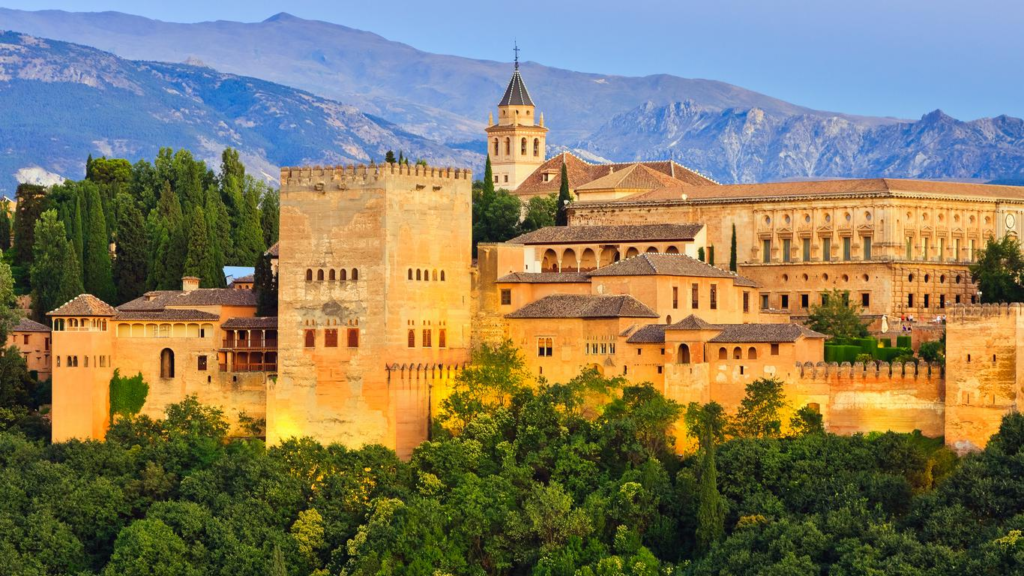
Granada is a picturesque colonial city known for its well-preserved Spanish architecture and vibrant street life. Founded in 1524, it is one of the oldest cities in the Americas and boasts a wealth of historic buildings, including the Granada Cathedral and the Iglesia de la Merced. The city’s colorful facades and charming cobblestone streets offer a glimpse into its rich past. Visitors can explore the nearby Isletas, a group of small volcanic islands in Lake Nicaragua, where they can enjoy boat tours and spot a variety of wildlife.
2. León
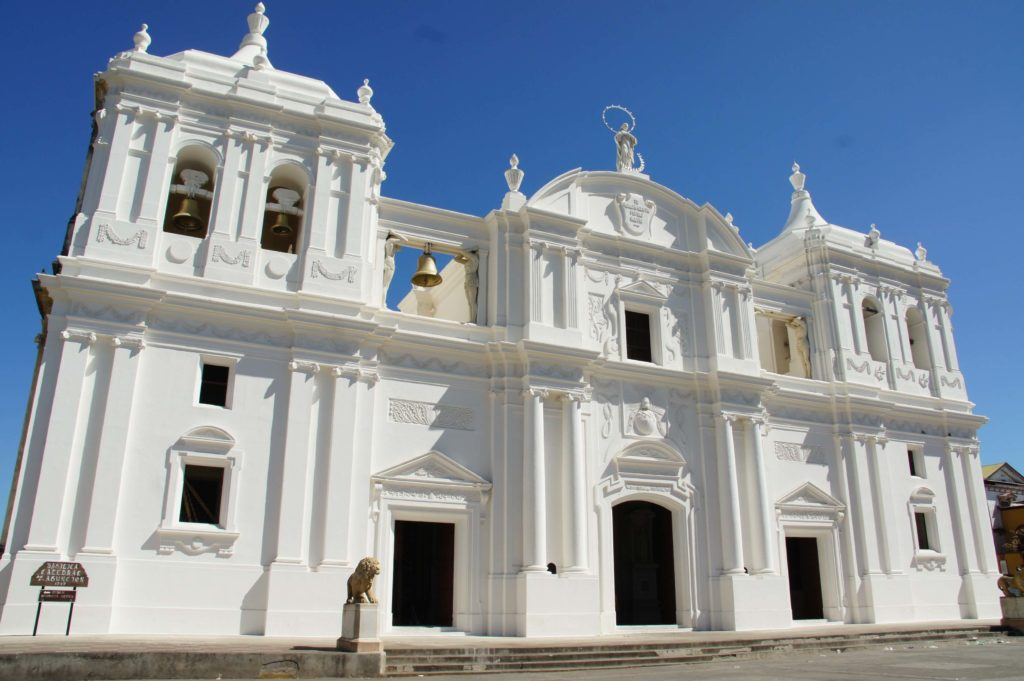
León is a city steeped in history and culture, recognized for its role in Nicaragua’s revolutionary past and its dynamic artistic scene. The León Cathedral, a UNESCO World Heritage site, is an architectural marvel with its stunning white façade and impressive interior. The city is also a gateway to Cerro Negro, an active volcano where adventurous travelers can experience volcano boarding, a thrilling activity that involves sliding down the volcano’s slopes on a specially designed board.
3. Ometepe Island
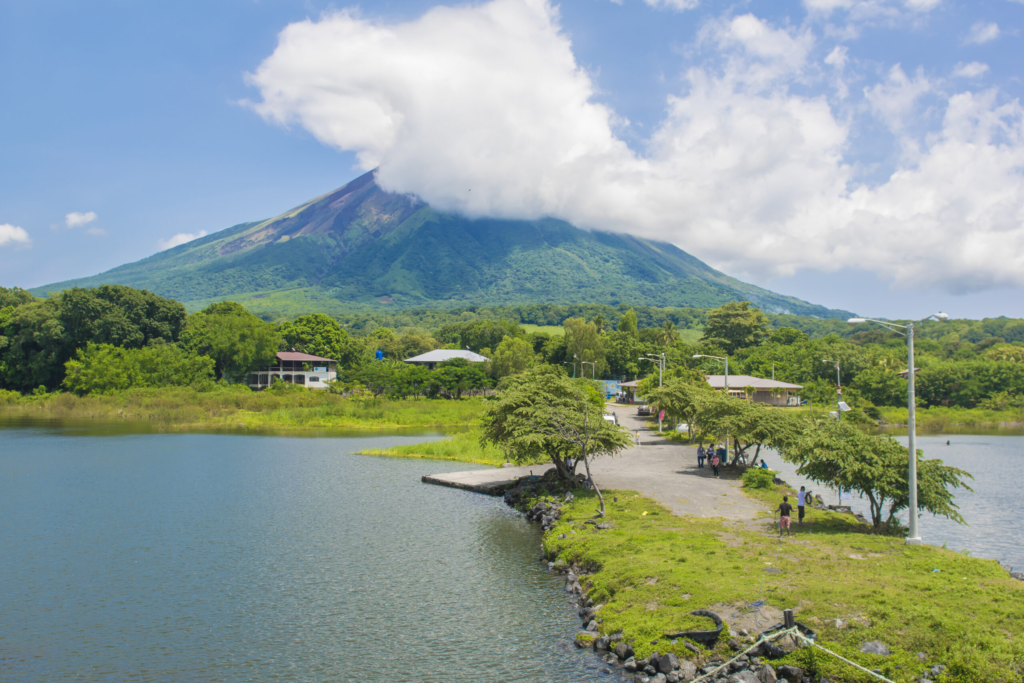
Ometepe Island, located in Lake Nicaragua, is a unique destination formed by the conical peaks of two volcanoes, Concepción and Maderas. The island is a haven for outdoor enthusiasts, offering hiking trails that lead to the volcanoes’ summits, where visitors can enjoy panoramic views of the lake and surrounding landscape. Ometepe is also home to ancient petroglyphs, waterfalls, and pristine beaches, making it a great spot for exploring Nicaragua’s natural beauty and cultural heritage.
4. Masaya Volcano
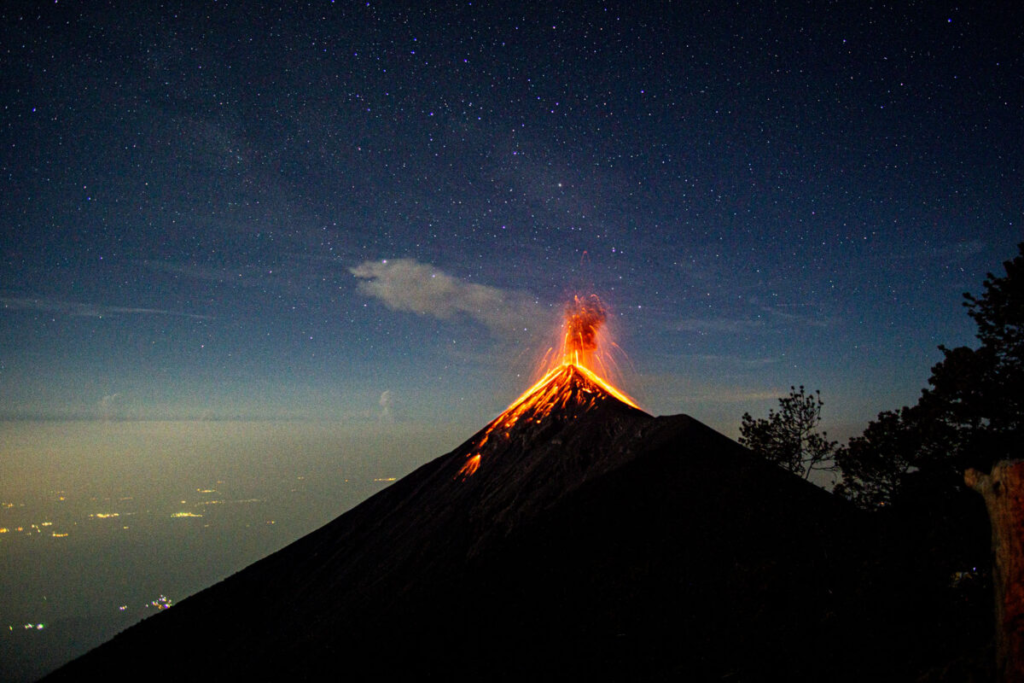
Masaya Volcano, one of Nicaragua’s most active volcanoes, offers a dramatic and exciting experience for visitors. The volcano features a large crater with a lava lake, and visitors can drive up to the crater’s edge for a spectacular view of the glowing lava. The Masaya Volcano National Park also includes the nearby Santiago Crater, where visitors can explore lava tubes and learn about the volcanic activity that shapes the region’s landscape.
5. San Juan del Sur

San Juan del Sur is a popular beach town on Nicaragua’s Pacific coast, known for its laid-back atmosphere and excellent surf conditions. The town features a variety of beachfront bars, restaurants, and accommodations, making it a great destination for relaxation and socializing. The nearby beaches offer fantastic opportunities for surfing, swimming, and sunbathing. San Juan del Sur also hosts vibrant nightlife and cultural events, adding to its appeal as a coastal retreat.
6. León Viejo
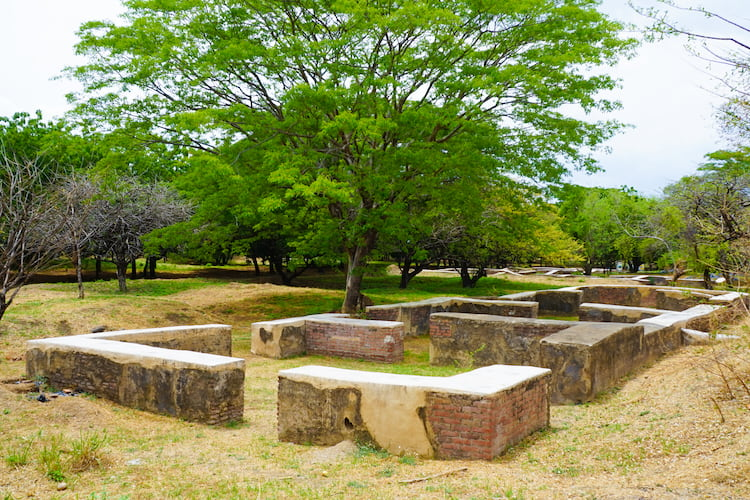
León Viejo, the ruins of the original León city, provides a fascinating glimpse into Nicaragua’s colonial past. Founded in 1524, the city was abandoned in the late 16th century due to volcanic eruptions and was later buried under layers of ash and lava. The archaeological site includes the remains of churches, convents, and residential areas, and visitors can explore the ruins to understand the early colonial history of Nicaragua.
7. Mombacho Volcano
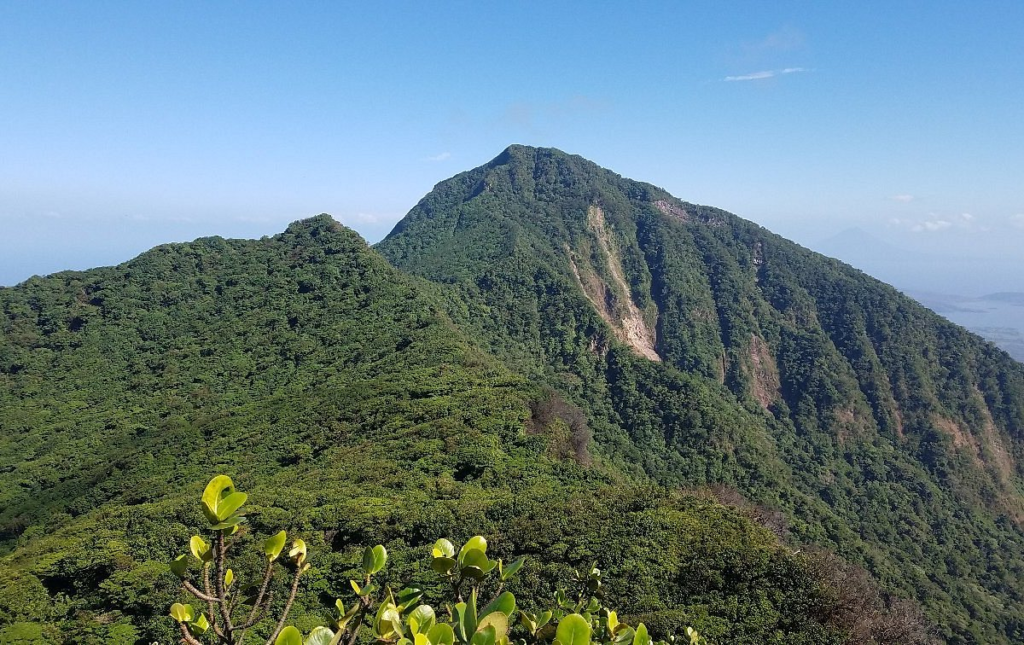
Mombacho Volcano is a dormant volcano located near Granada, renowned for its cloud forest and diverse ecosystems. The volcano features a well-preserved crater and offers a range of hiking trails that wind through lush vegetation and provide breathtaking views of the surrounding area. The Mombacho Volcano Nature Reserve is also home to various species of birds, insects, and plants, making it a great destination for nature lovers and hikers.
8. Catarina

Catarina is a small town known for its stunning views of Lake Apoyo and the surrounding volcanic landscape. The town is famous for its picturesque lookout points, which offer panoramic views of the lake and nearby volcanoes. Visitors can also explore the town’s traditional markets, where they can find local crafts and souvenirs. Catarina is an excellent spot for those looking to experience authentic Nicaraguan culture and enjoy the natural beauty of the region.
9. Apoyo Lagoon
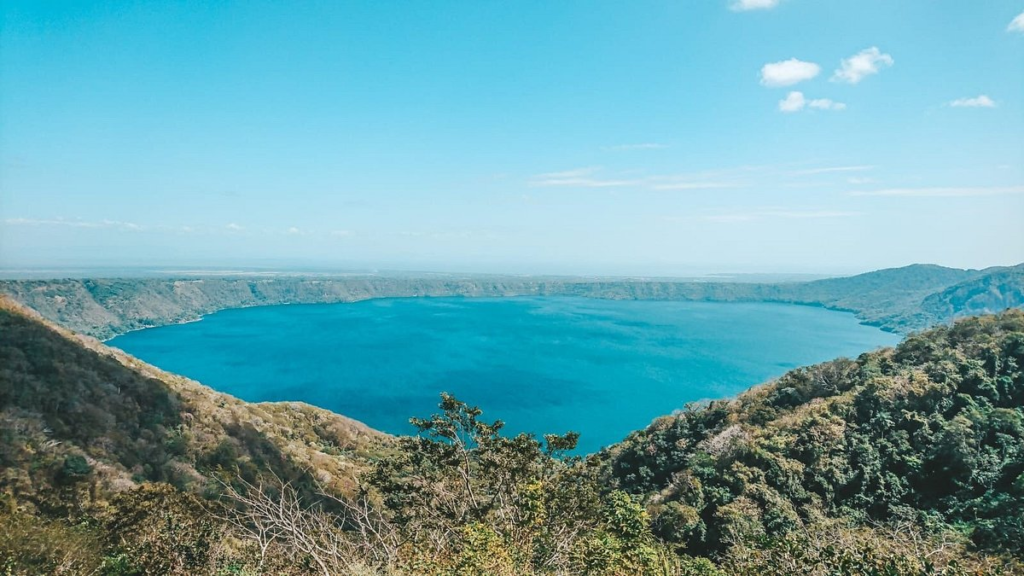
Apoyo Lagoon is a volcanic crater lake located between Granada and Masaya. The lagoon’s clear blue waters are perfect for swimming, kayaking, and relaxing on the shores. The surrounding area is lush with tropical vegetation, providing a serene and scenic environment for visitors to enjoy. The lagoon is a popular destination for both locals and tourists seeking a tranquil escape from the hustle and bustle of city life.
10. Río San Juan
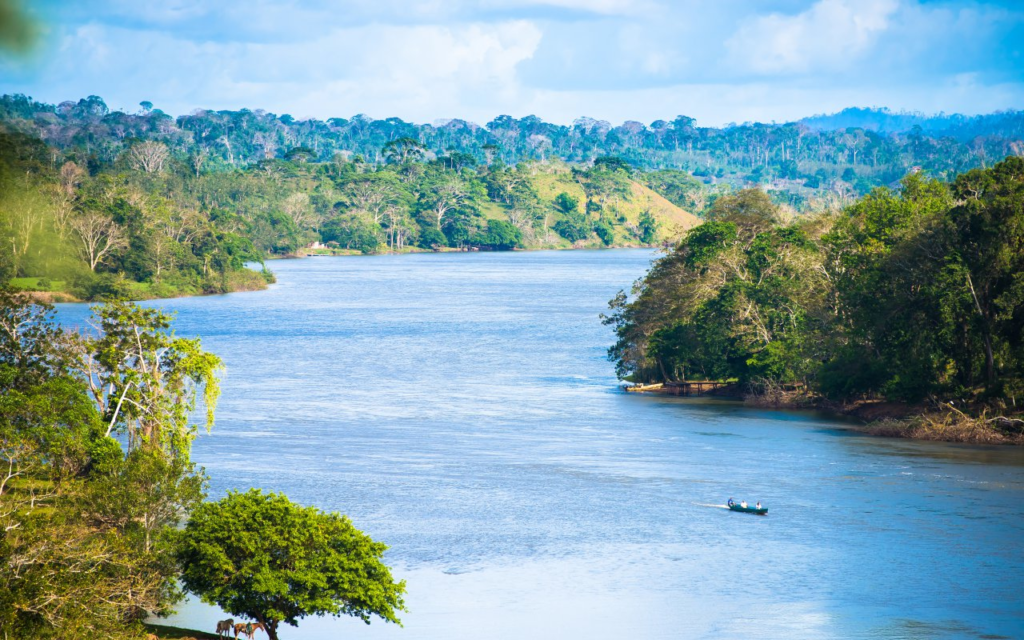
Río San Juan is a majestic river that flows through southeastern Nicaragua, connecting Lake Cocibolca with the Caribbean Sea. The river is surrounded by lush rainforest and is an important ecological zone, home to a variety of wildlife, including monkeys, birds, and exotic plants. Visitors can take boat tours along the river to explore its natural beauty, visit the historic Fort of San Carlos, and experience the unique culture of the region.
Culture
Nicaragua’s culture is a rich blend of indigenous traditions and Spanish colonial influences, creating a vibrant and diverse cultural landscape. The country is home to various ethnic groups, including Mestizos, Afro-descendants, and indigenous peoples, each contributing to the nation’s unique cultural identity. Spanish is the official language, but several indigenous languages, such as Miskito, Mayangna, and Garífuna, are also spoken in various regions.
Traditional Nicaraguan cuisine reflects the country’s agricultural heritage, with staples such as rice, beans, plantains, and corn forming the basis of many dishes. Gallo pinto, a flavorful combination of rice and beans, is a national favorite, while nacatamales, a type of tamale filled with meat and vegetables, are enjoyed during special occasions. The coastal regions are known for their seafood, with dishes like ceviche and fried fish being popular choices.
Festivals
Nicaragua’s vibrant festivals showcase the country’s rich cultural traditions and community spirit. One of the most significant celebrations is La Purísima, a festival held in honor of the Virgin Mary. This event features colorful parades, lively music, and traditional dances, drawing crowds from across the country. Another major festival is the Carnival of León, which celebrates the city’s heritage with street performances, music, and elaborate costumes.
The patron saint festivals are also a key part of Nicaraguan culture, with each town and village hosting its own celebrations. These festivals often include religious processions, traditional dances, and local fairs, providing a glimpse into the diverse cultural practices of Nicaraguan communities.
Economy
Nicaragua’s economy is primarily based on agriculture, with coffee, bananas, and tobacco being key export commodities. The country also produces textiles, footwear, and other goods, which contribute to its manufacturing sector. Tourism has become an increasingly important part of the economy, with visitors drawn to Nicaragua’s natural beauty, historical sites, and cultural attractions. The government has been working to improve infrastructure and attract foreign investment to support economic growth.
Despite these positive developments, Nicaragua faces challenges such as poverty and political instability, which impact its economic progress. Efforts are being made to address these issues through various development programs and international cooperation, aiming to create a more stable and prosperous future for the country.
Cuisine
Nicaraguan cuisine is a flavorful blend of indigenous ingredients and Spanish influences, reflecting the country’s rich cultural history. The staple foods include rice, beans, corn, and plantains, which form the base of many traditional dishes. Gallo pinto, a mixture of rice and beans cooked together with spices, is a beloved national dish often enjoyed for
breakfast. Another popular dish is nacatamales, a variation of tamales filled with pork, rice, and vegetables, wrapped in plantain leaves and steamed.
Seafood is also a significant part of the Nicaraguan diet, particularly in coastal regions. Dishes such as ceviche, made from fresh fish marinated in citrus juice, and fried fish served with rice and plantains, are common and enjoyed by locals and visitors alike. The use of fresh, local ingredients and traditional cooking methods gives Nicaraguan cuisine its distinct and delicious flavors.
Top Eight Most Famous Food
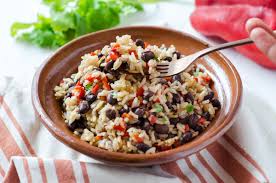
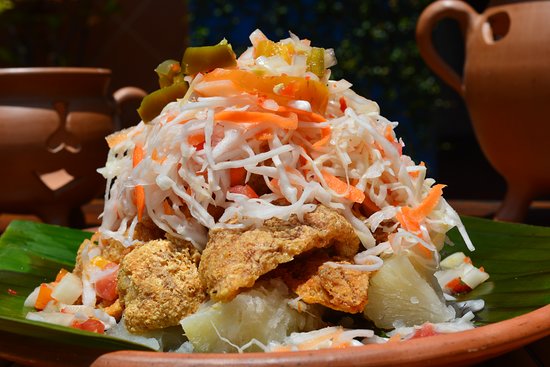
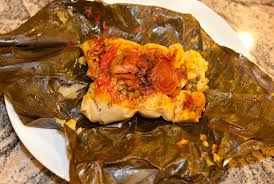
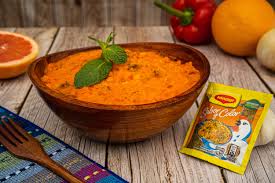
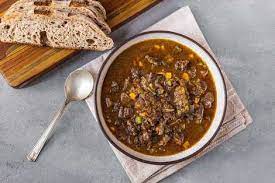


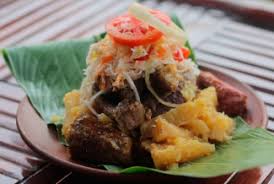
Interesting Facts
- Nicaragua is home to the largest lake in Central America, Lake Nicaragua.
- The country has over 40 volcanoes, with several still active today.
- Nicaragua’s name is derived from the indigenous word for “Culebra,” meaning “snake.”
- The iconic Concepción Volcano on Ometepe Island is one of the most active volcanoes in Nicaragua.
- León Viejo is one of the best-preserved examples of Spanish colonial architecture in the Americas.
- Nicaragua has a diverse climate, ranging from tropical rainforests to dry tropical forests.
- The country is known for its stunning volcanic landscapes and picturesque lakes.
- The Masaya Volcano is one of the few places in the world where visitors can see a lava lake.
- Nicaragua’s cultural heritage includes influences from indigenous, Afro-Caribbean, and Spanish traditions.
- The annual Festival of San Sebastián in Diriamba is one of the most celebrated religious festivals in Nicaragua.
Conclusion
Nicaragua is a country of extraordinary natural beauty and rich cultural heritage, offering a wealth of experiences for travelers seeking adventure, relaxation, and a deep connection with history. From its picturesque colonial cities to its stunning volcanic landscapes and vibrant festivals, Nicaragua provides a diverse array of destinations that cater to all interests. The warmth and hospitality of the Nicaraguan people add to the country’s charm, making it a memorable and rewarding place to explore.

